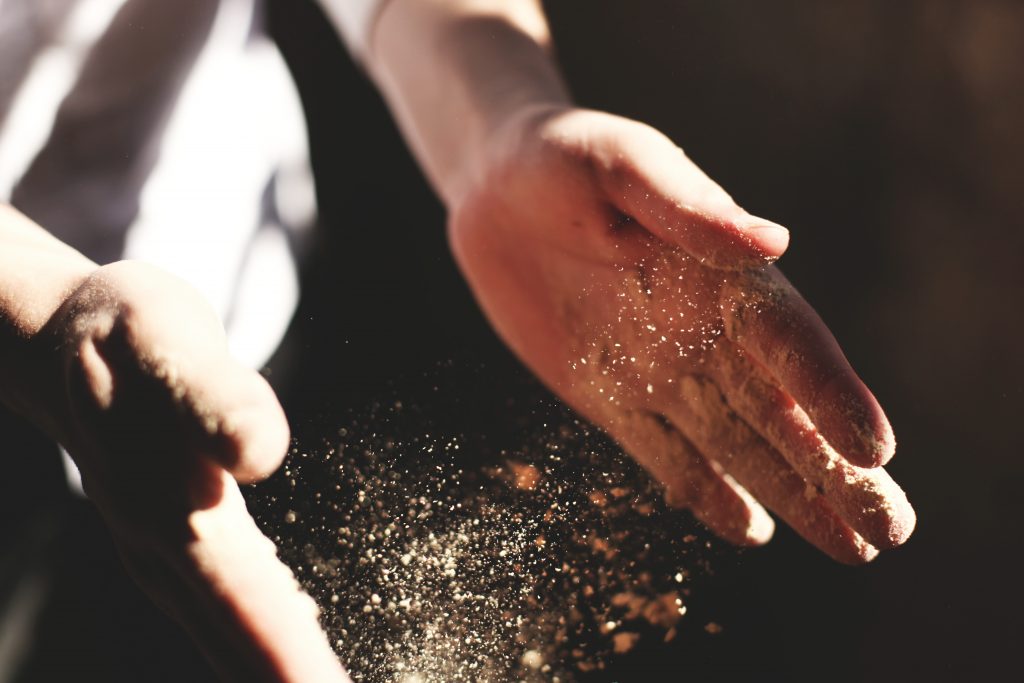“There seems to be two schools of practices here (in Singapore) – one that doesn’t use objects and colours for Feng Shui and the other that utilizes a lot…” a recent Whatsapp message from my client read.
Taking the viewpoint of duality explained in one of my previous articles: Opposites Attract on the Yin and Yang of things, there will always be “two sides to a coin” in almost every situation in life; such as: Republican vs Democrat in the US politics, Catholic vs Protestants in the interpretation of Bible and sacred tradition on which Christianity is based; Theravada vs Mahayana in Buddhism; Optimist vs Pessimist on the outlook of life, etc. This exists due to different belief systems, upbringing, family background, education, past experience and influence, etc.
From my last decade of practice as a Feng Shui and Bazi consultant, I have observed that it is never a question of what is right or wrong for everyone but what is applicable or what can help the individual depending on their belief system, comfort zone, state of mind (whether positive or negative), and so on.
Let’s focus on the topic of whether artefacts really matter in Feng Shui and Bazi. Artefacts are objects made or given shape by man, such as a tool or a work of art. Many of the artefacts utilized in Feng Shui are symbolic in meaning. To explore further on the meaning of a symbol: a symbol is a mark, sign, or word that indicates, signifies, or is understood as representing an idea, object, or relationship.
Symbols allow people to go beyond what is known or seen by creating linkages between otherwise very different concepts and experiences. All communication (and data processing) is achieved through the use of symbols. Symbols can take the form of words, sounds, gestures, ideas or visual images or objects and are used to convey ideas and beliefs.
Thus, whether it is a nation’s flag, a school’s crest, a company’s logo, or the various representations and symbols utilized in religions or cultures, they serve as a representation or differentiation for mankind to associate meanings to – but the meanings and representation can refer to different things to different people. For instance, the image of a Dragon in the Chinese culture is associated with power and auspiciousness but a Dragon in Western folklore is usually portrayed as evil.
In Feng Shui, there are practitioners who believe that the placement of certain symbols in recommended locations can aid in achieving wealth, success and harmony or for protection against harm and injuries. This is the same in certain cultural or religious practices. Are all these practices “hocus-pocus” or do they really serve a purpose?
From my observation and experience all these years, the answer would be “it depends”. Unlike the vibrations and energies we spoke about in Feng Shui which is present whether we believe in its presence or not. The use of artefacts will depend on whether the person utilizing it believes in the positive or protective connotations associated with them. Over the years, I have also observed that what we place in our physical environment definitely affects our sub-conscious mind and consequently our conscious state of mind, feelings, emotions, choices, decisions and actions.
Here are some examples:
- An executive that constantly faces challenges from his superiors. I noticed that he has many warrior figurines placed high above him when he enters his study every single day.
- A girl who is troubled over soured or unwanted relationships. I noticed that she collects withered flowers from her boyfriend with many flower images in her bedroom.
- An office worker who is in constant fear that he may lose his job. I noticed that he was sitting with his back towards the exit door of the office when he showed me his office floor plan.
- A couple who has been trying hard for a baby without much success. I noticed that there are many cuddly bears and dolls in their bedroom.
- A person who is forgetful and emotionally distressed. I noticed that her home and office is filled with clutter as she has not tidied or put away unwanted stuff for many years.
I must say I started from the stance of disbelief that physical objects around us don’t affect us. So, when I came across an article that states that hanging a Mystic Knot would help with getting car park lots, I was quite amused. However, during my earlier corporate days when I was frequently visiting hospitals where it was tough to get parking lots and I didn’t want to be late for my appointments with my clients, I thought, “why not?” and decided to test it out.
Interestingly, after placing the Mystic Knot, I was able to get a parking lot each time without having to wait for long – I’m not able to explain this phenomenon nor what other clients told me about how the Mystic Knot has helped them stay calm in handling difficult situations and how their day would not be smooth without wearing the Mystic Knot.
In the course of my work especially when I was reading and understanding Bazi charts of my clients, I studied and researched on the human mind further. I realized that our thoughts and how we focus and “programme” them (1) are critical to our experiences, whether it is success or failure, sadness or happiness, etc. For some, happy images will help them stay focused and positive; for others, they are able to focus and “programme” their mind-set without external stimuli. I have had clients who prefer just utilizing colours and spending time in the right locations and yet others who feel uncomfortable unless something is placed for protection or activation. Thus, it is different strokes for different folks.
Like the medical professionals that I used to work with, we should always keep an open mind about new technologies or things that we are not familiar with. It is never an absolute right or wrong, what is crucial from the practice of Feng Shui and Bazi is what is applicable and helpful to the individual at hand. I have clients who are not comfortable with the usual Feng Shui symbols but will replace it with something that they are comfortable with. For instance, the placement of the Laughing Buddha is to remind one to take things easy and stay happy if they are always utilizing an argumentative area for the year. For those who are uncomfortable utilizing the Laughing Buddha, they will employ other symbols such as cheerful angels, happy images or anything that reminds them to stay calm, relaxed and take a harmonious approach when differences arise.
After all, when interacting with others whether they are our love ones, friends, colleagues or clients, I find the following quote very relevant and useful:
“The most useful asset of a person is not a head full of knowledge but a heart full of love,
with ears open to listen, and hands willing to help.”
Click on the link to find out how you can best prepare your home or office for success, harmony and good health for 2017, or visit www.bazicalculator.janetyung.com to find out (for FREE) your favourable directions or your favourable elements: industries, job roles and colours.
References
- Article from Mind Unleashed. http://themindunleashed.com/2014/03/conscious-subconscious-unconscious-mind-work.html



